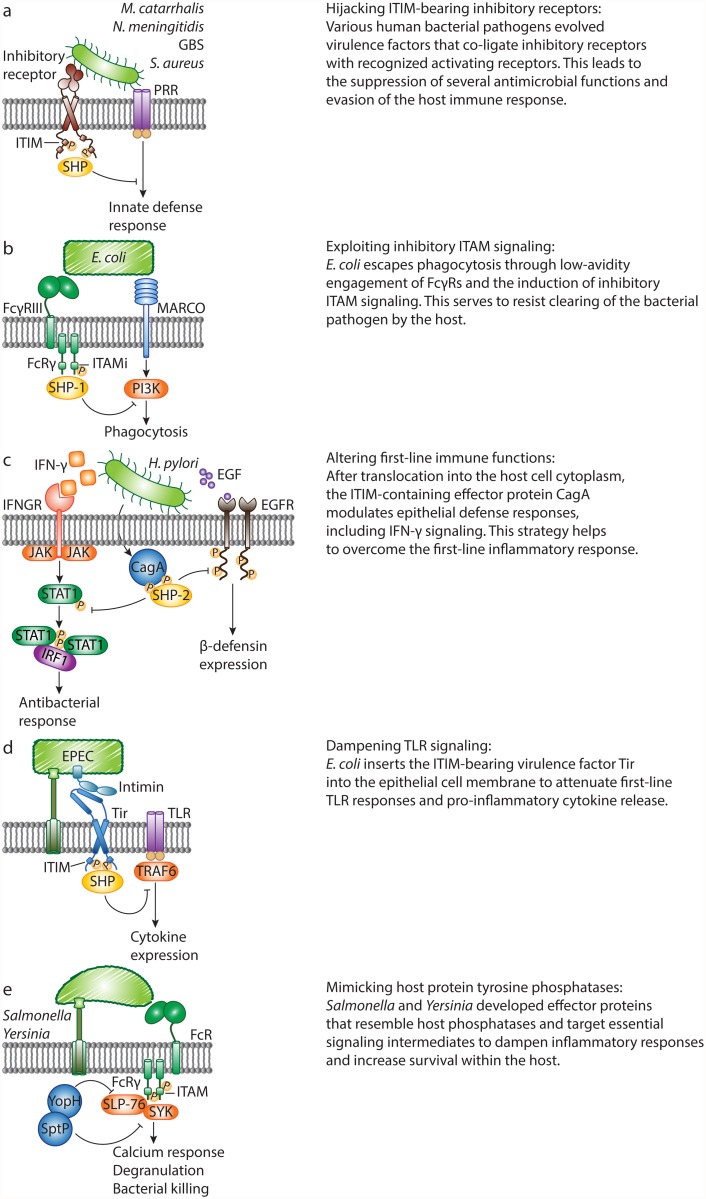Fig 2. Bacterial pathogens evade host defense responses by manipulating inhibitory signaling.
A. M. catarrhalis, N. meningitidis, Group B Streptococcus and Staphylococcus aureus evolved specific virulence factors to engage inhibitory receptors, which co-ligate with and attenuate pattern recognition receptor (PRR) signaling. B. Escherichia coli escapes macrophage receptor with collagenous structure (MARCO)–dependent killing through hijacking of inhibitory ITAM signaling. Non-opsonized E. coli binds to FcγRIII with low affinity and induces weak phosphorylation of the FcR common γ chain (FcRγ), leading to recruitment of SHP-1. In turn, SHP-1 dephosphorylates PI3K and abrogates MARCO-dependent phagocytosis. C. Upon infection, Helicobacter pylori translocates the ITIM-containing virulence protein, CagA, into host cells, and CagA-SHP-2 interactions lead to dephosphorylation of activated STAT1 and epidermal growth factor receptor (EGFR). This abrogates IFN-γ signaling and human β-defensin 3 (hBD3) synthesis, and enhances bacterial survival. D. During infection with the bacterium enteropathogenic E. coli (EPEC), the intimin receptor (Tir) translocates into the epithelial cell. The intracellular tail of EPEC Tir recruits host cell phosphatases SHP-1 and SHP-2. As a result, the activation of TRAF6 is inhibited, and EPEC-induced expression of pro-inflammatory cytokines is suppressed. E. Salmonella and Yersinia secrete protein tyrosine phosphatases SptP and YopH, respectively. SptP targets the protein tyrosine kinase SYK in mast cells and suppresses degranulation. During in vivo infection, YopH targets the signaling adaptor SLP-76 in neutrophils. This leads to reduced calcium responses and IL-10 production.

